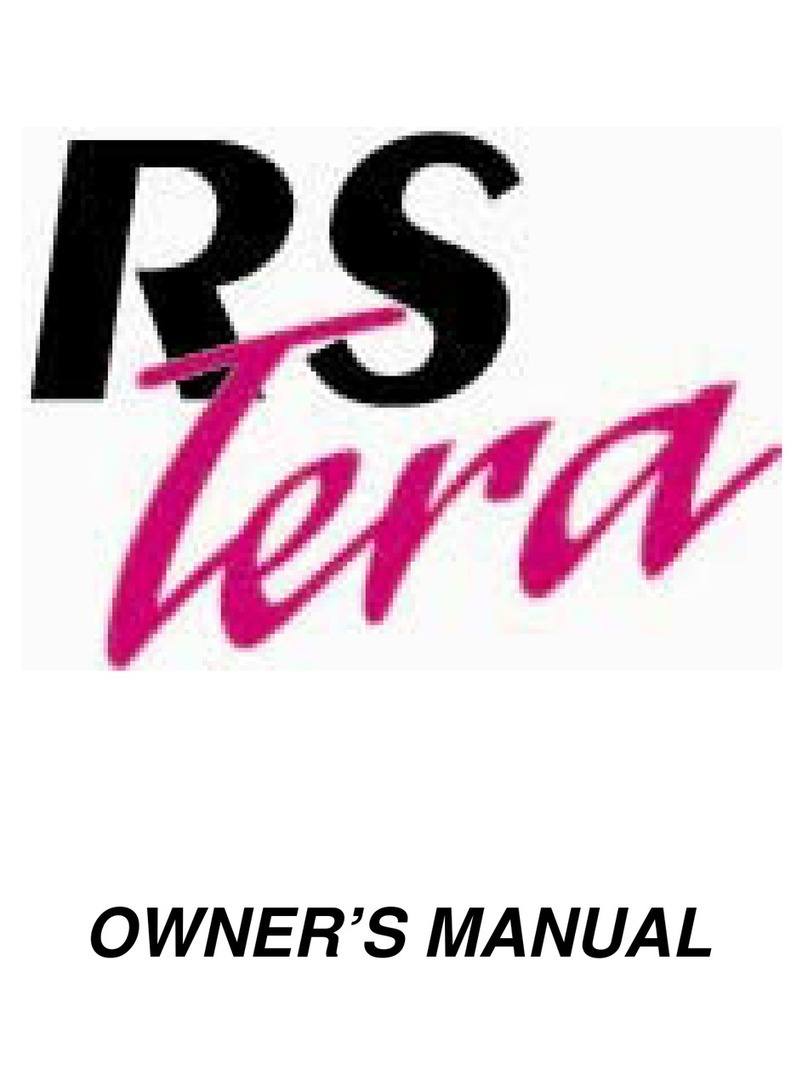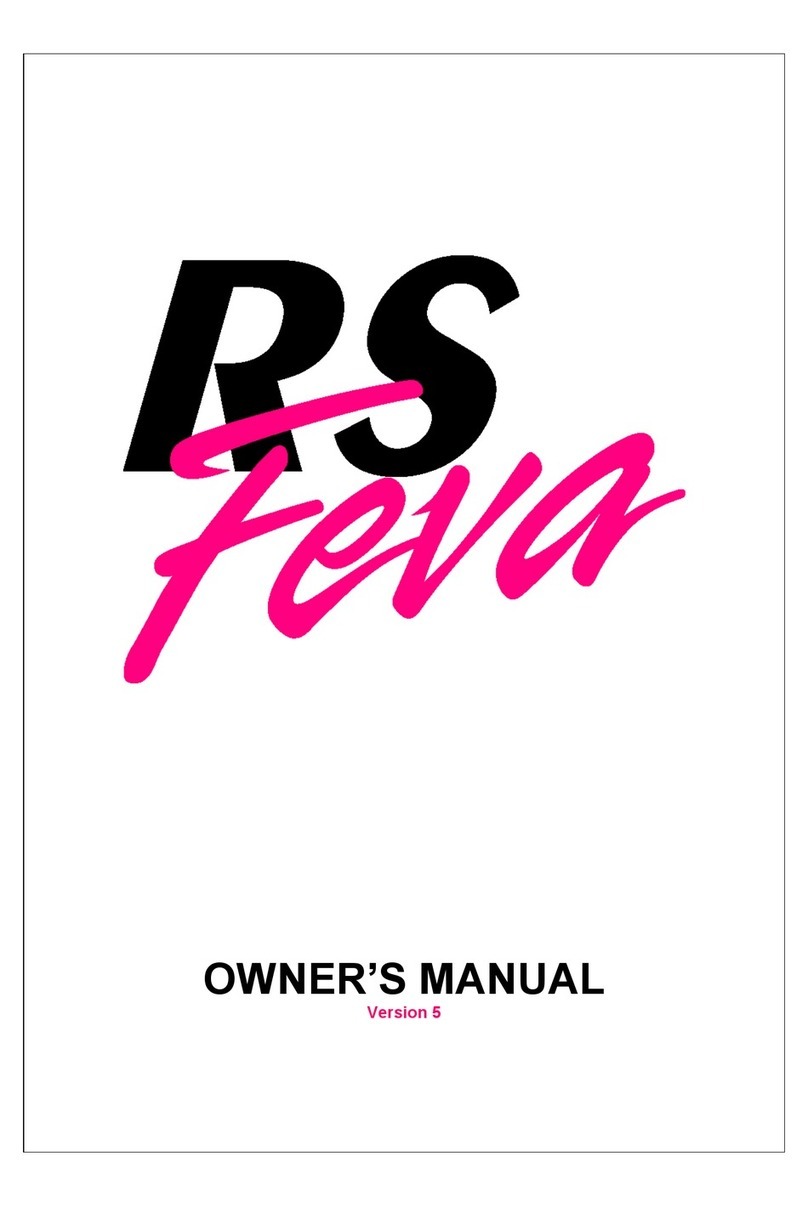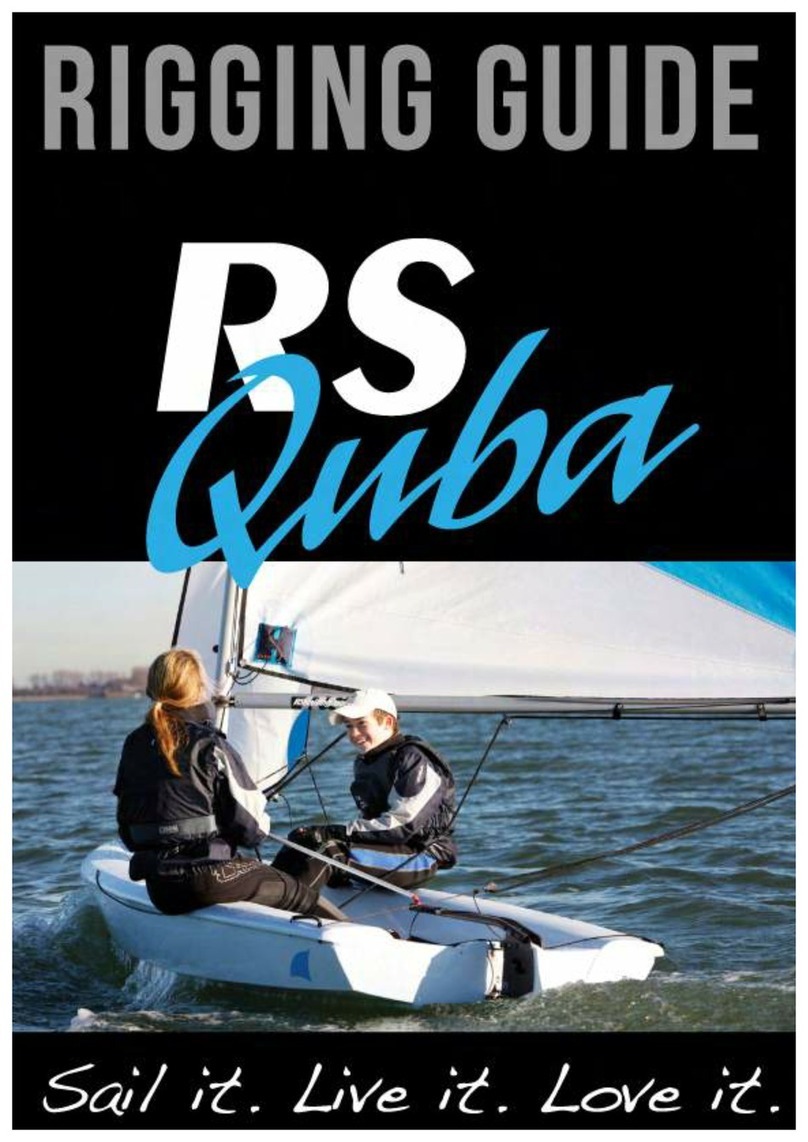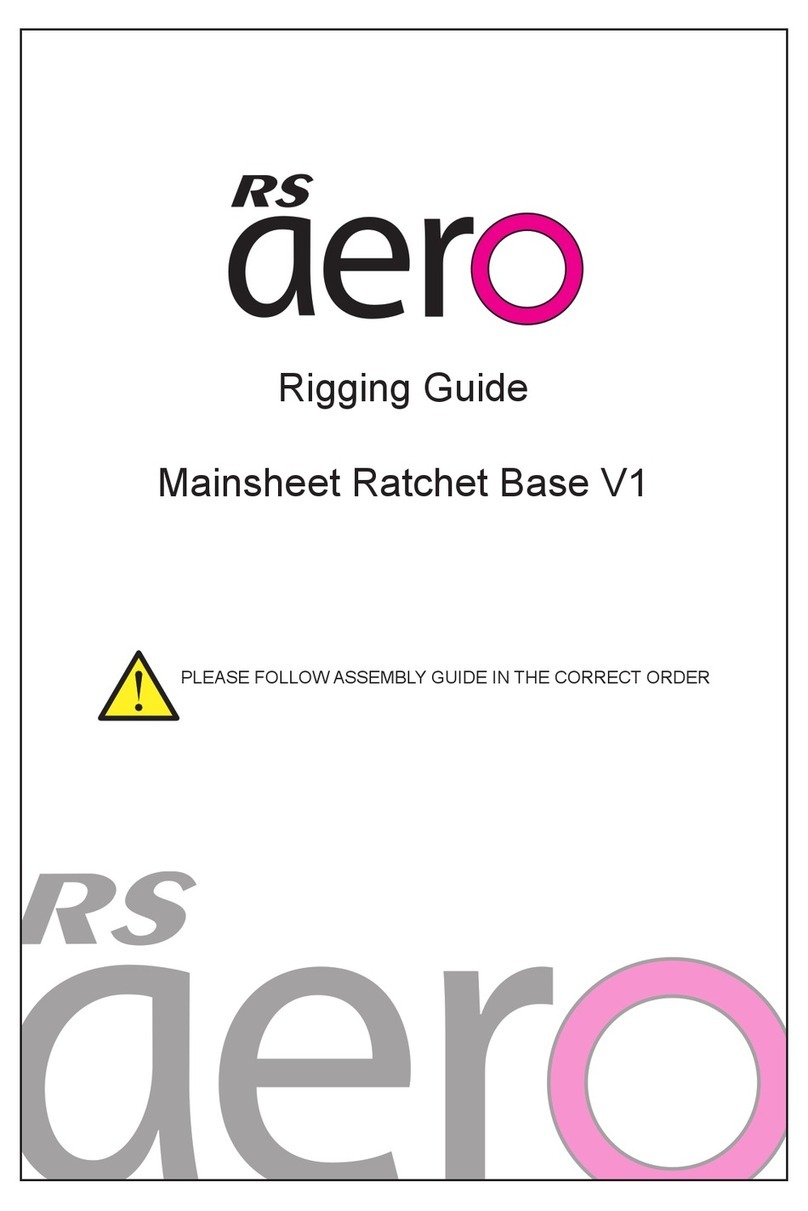
3. SAFETY INFORMATION
•Before attempting to operate the boat, ensure that you have the
appropriate experience to handle the boat safely in the
anticipated sea and wind conditions
•Ensure that all the crew have sufficient boating experience and
are familiar with emergency procedures, capsize recovery, and
towing.
•Always check the weather forecast before leaving shore, and
ensure that the predicted weather and sea conditions are
suitable for the boat (see 3.1).
•Clothing should be suitable for the anticipated weather
conditions and footwear appropriate for boating.
•Before going afloat, all persons should be wearing a suitable
buoyancy aid (e.g. a life jacket or a personal floatation device),
which should be worn at all time when on the water. Note that in
some countries it is a legal requirement to wear a buoyancy aid
that complies with their national regulations at all times.
•It is recommended that you carry a whistle or a horn to attract
attention in case further assistance is required.
•The owner/helmsman is responsible for the safe operation of
the boat.
•The owner/helmsman’s responsibilities include the proper
preparation and maintenance of the boat and safety equipment,
knowledge of the boat operation, safety training of the crew,
following the navigation rules (including knowledge of the
Collision Regulations and local navigation rules), care of the
environment, insurance and, where necessary, registration.






































